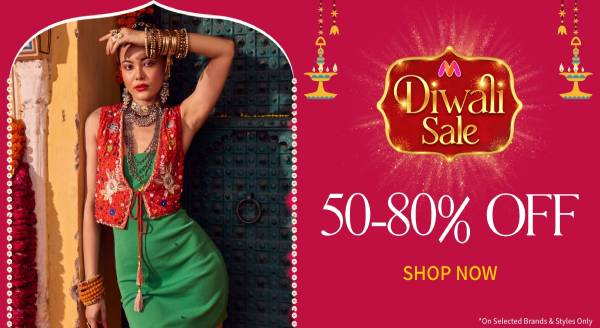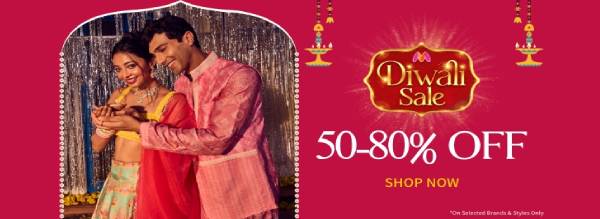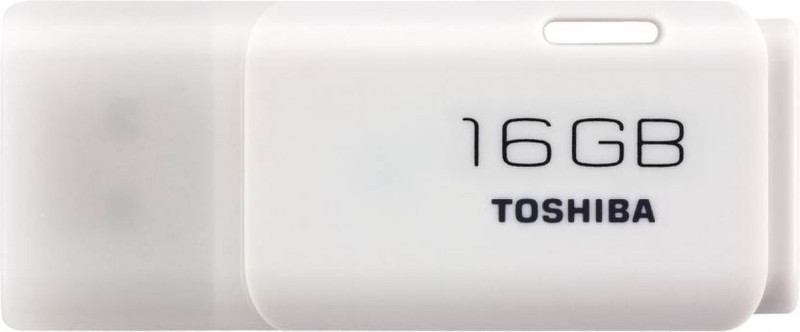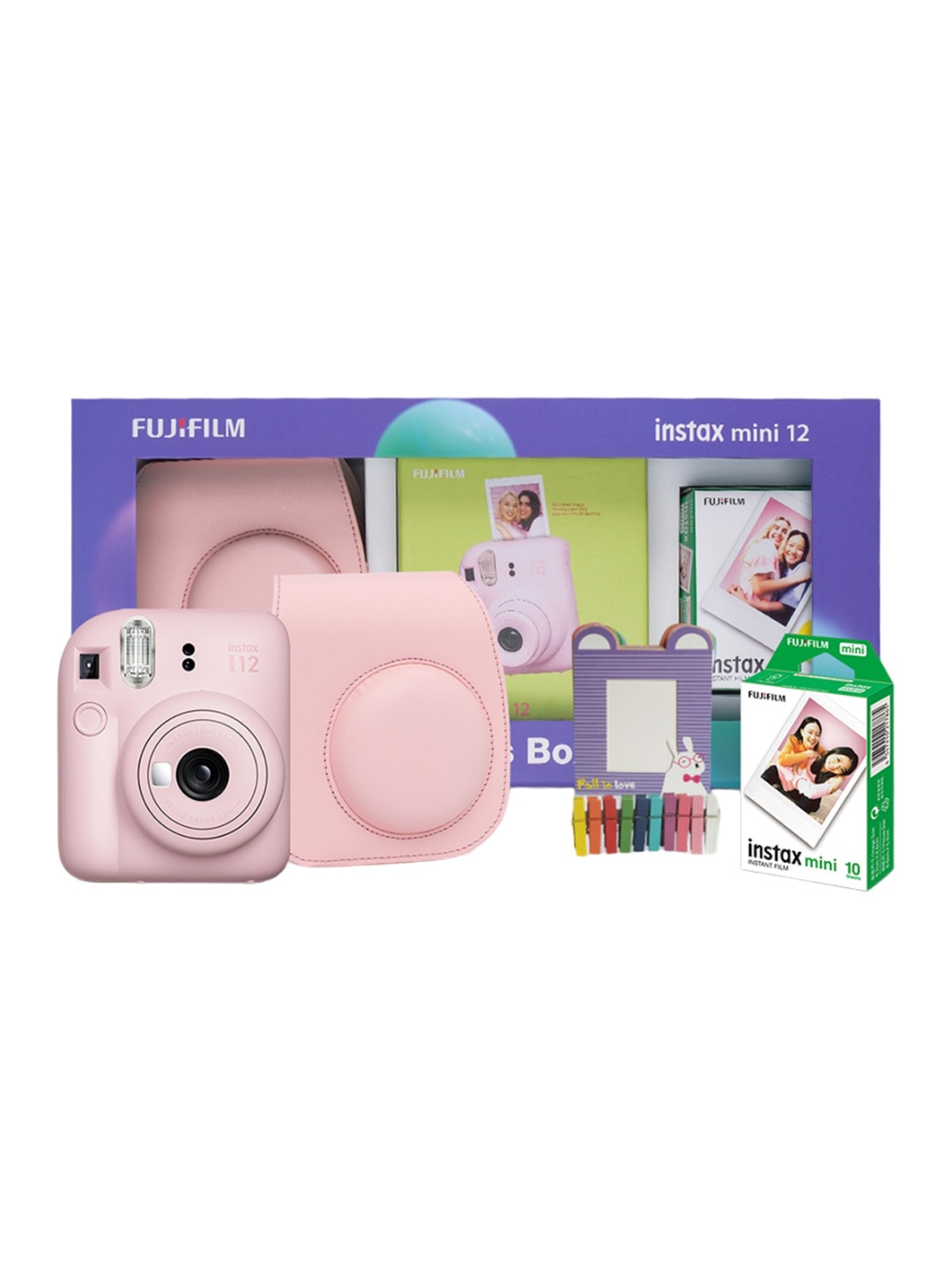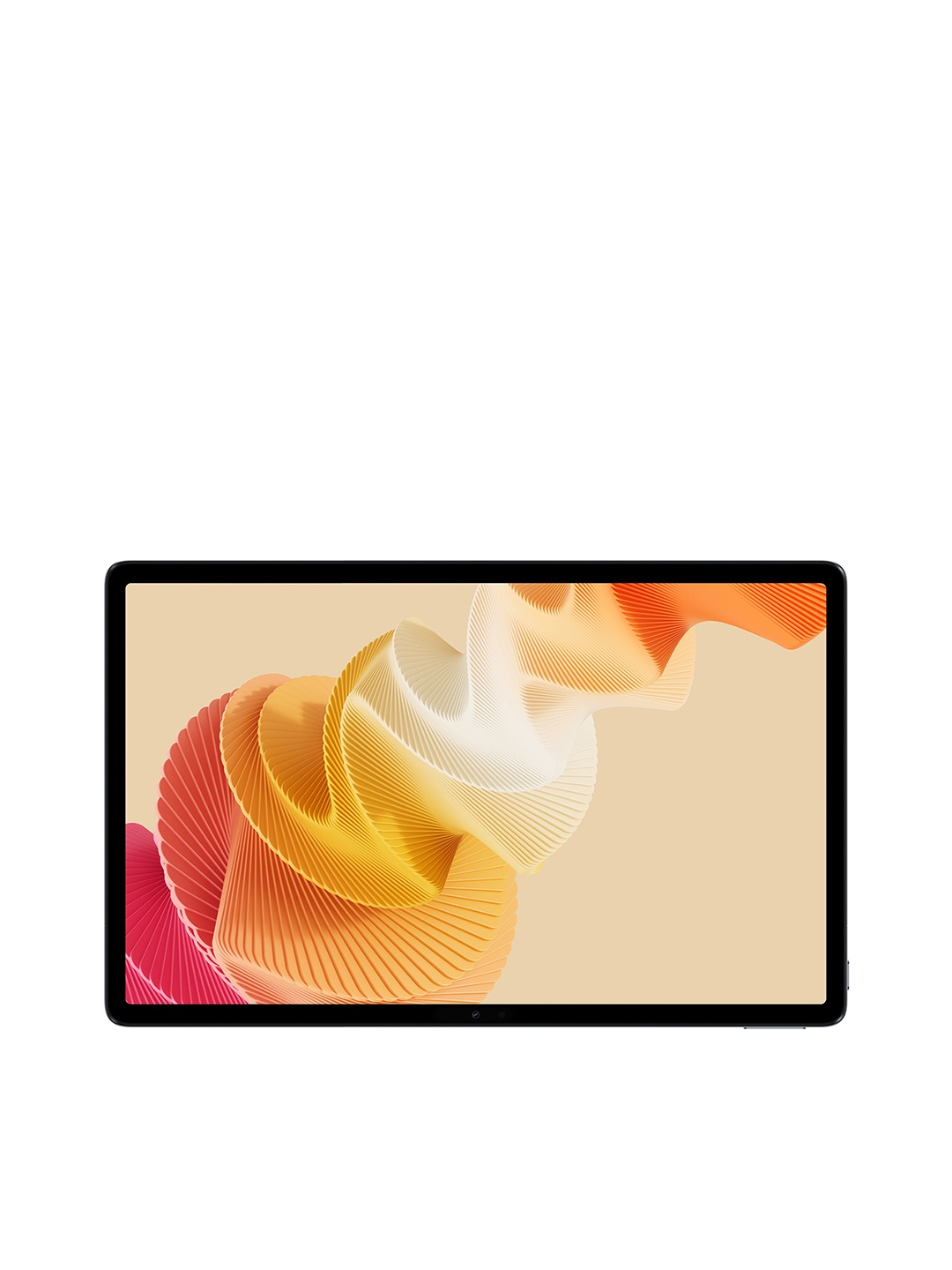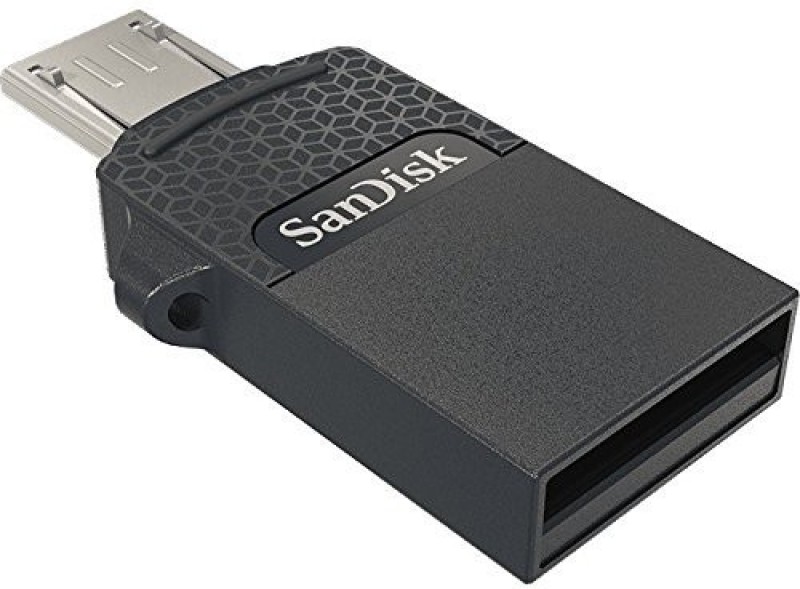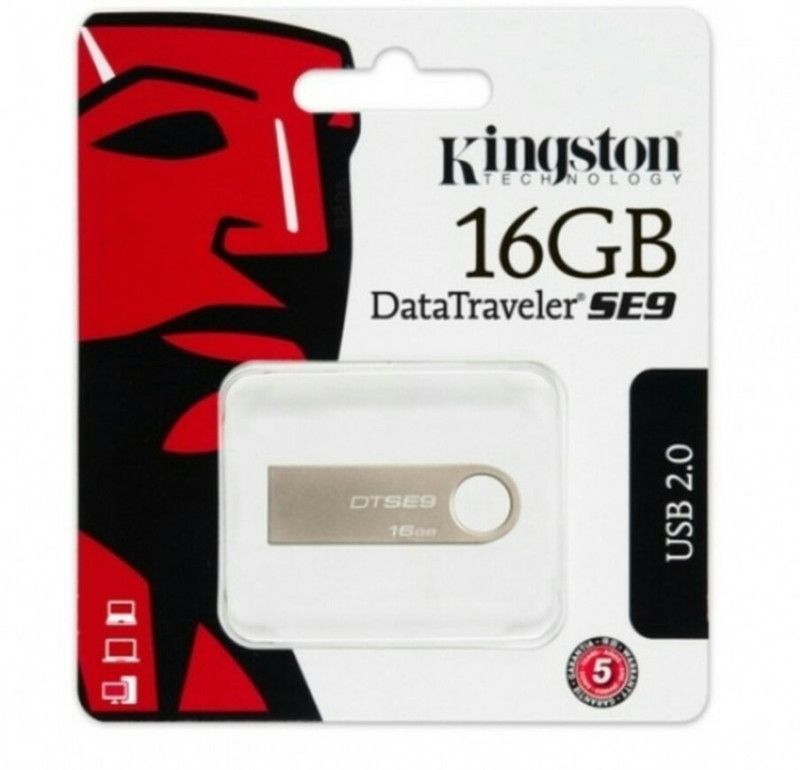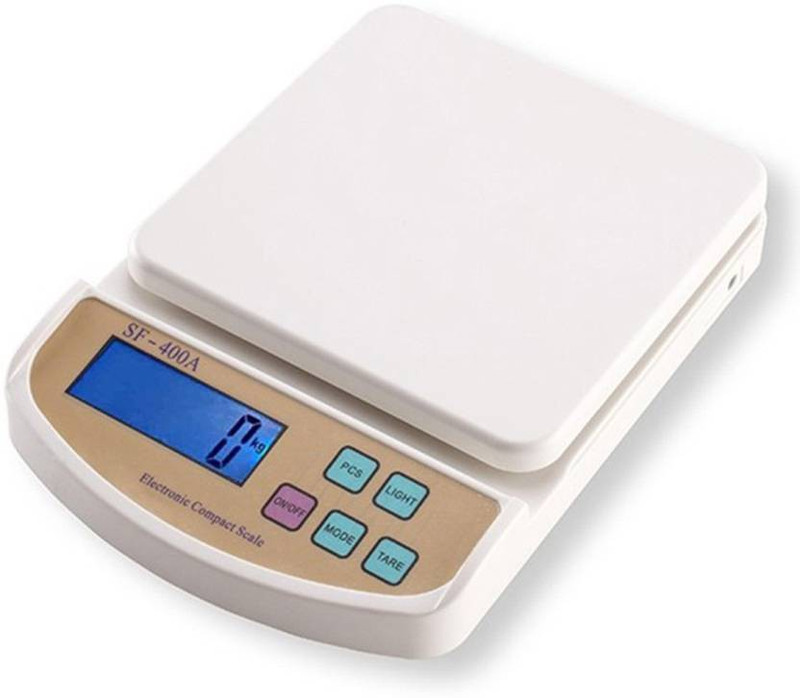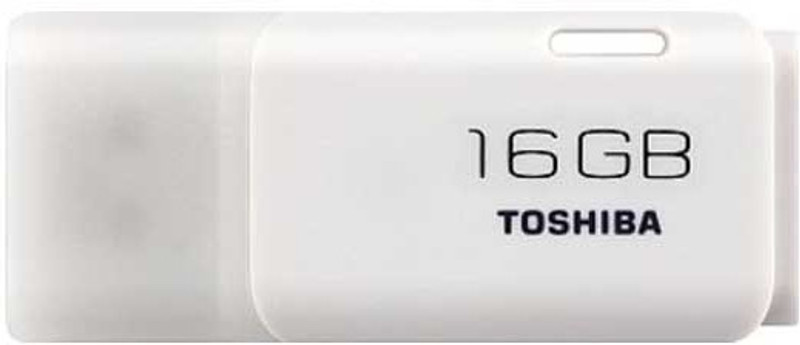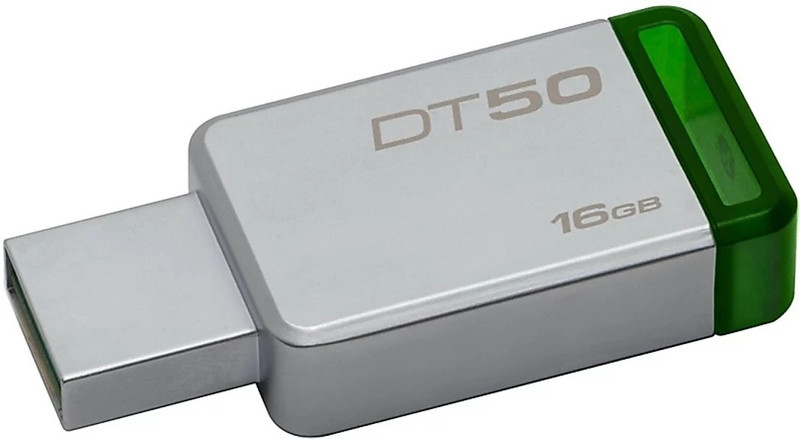How To Choose A Perfect Camera For Vlogging: A Complete Guide For Beginners

In today's world, where social media reigns supreme, vlogging has become a way of life. Whether you're sharing your travels, everyday moments, or expertise, having the right camera is essential to create content that stands out. But with so many options on the market, how do you pick the best one for your needs? Should you go for something compact, or is an all-out DSLR your perfect match?
Fear not! Choosing the best camera for vlogging doesn't need to be a headache. It's about finding the balance between affordability, functionality, and style. This guide will break it all down for you. So, grab a cuppa, sit back, and let's dive into the key things to consider when picking out the perfect vlogging companion.
1. Image And Video Quality: The Heart Of Your Vlogs
The most obvious, and crucial, factor to consider is the image and video quality. After all, your viewers will be watching your content on all sorts of devices, from phones to laptops, so your videos need to pop.
A camera that shoots in 1080p or 4K resolution should be a priority if you want your vlogs to look crisp and professional. But, the real question is, how do you know which resolution is best for you?
If you're just getting started, 1080p might suffice, don't forget that many social media platforms still support HD content. However, if you want to future-proof your vlogs or are aiming for a more cinematic feel, 4K resolution is the way to go. It gives you the flexibility to crop or zoom in during editing without sacrificing quality.
For the best visual appeal, pay attention to the sensor size too. A larger sensor means better low-light performance and a shallower depth of field, which can create a beautiful ‘blurred background' effect that keeps the focus on you.
2. Portability: Carrying Your Creativity Everywhere
Portability is another essential factor. A big, heavy DSLR might be tempting, but it's not always practical for vlogging on the go. If you're someone who loves spontaneous shoots or travels often, you'll want a lightweight camera that's easy to carry around.
Look for something compact and travel-friendly, like a mirrorless or a point-and-shoot camera. These are small enough to slip into a backpack yet still deliver impressive image quality. Some great options even come with flip-up screens, so you can check your framing while shooting.
Of course, portability doesn't mean sacrificing performance. Many newer compact models offer 4K video, excellent autofocus, and great audio features, all in a slim design. Just remember to prioritise your needs, will you be shooting mostly indoors or capturing adventure vlogs while hiking up mountains?
3. Audio Quality: Because Your Voice Matters
When it comes to vlogging, your voice is just as important as your visuals. It's easy to overlook audio quality, but nothing turns viewers off faster than muffled or distorted sound. To make your vlogs feel more immersive and professional, consider a camera that supports external microphones.
Some cameras come with built-in microphones, but these typically don't match the quality you can get with an external mic. A camera with a microphone input or hot shoe mount is ideal if you want to upgrade your sound game. This allows you to attach shotgun microphones or lapel mics for crystal-clear audio.
If you're working with a tight budget, a camera with decent built-in sound can still work wonders, but investing in an external mic can take your vlogs to the next level.
4. Autofocus: No More Blurry Moments
Vlogging is dynamic. You move, talk, and interact with your environment, which means your camera needs to keep up with you. A camera with reliable autofocus (AF) will make a world of difference in ensuring your footage stays sharp.
Modern cameras come with several autofocus systems like phase-detection, contrast detection, or hybrid AF. If you're often filming solo, look for a camera with fast and accurate continuous autofocus. You don't want to be constantly adjusting your focus mid-shot or worrying about blurry footage during crucial moments.
Eye-tracking autofocus is also a fantastic feature for those who want the camera to always lock onto their face. This technology is especially helpful for beauty vloggers, fitness influencers, or anyone filming content where staying in focus is a must.
5. Battery Life: Don't Let Your Camera Die Mid-Vlog
Let's face it, no one wants to be interrupted by a dead battery halfway through a vlogging session. Whether you're in the middle of an exciting travel experience or filming an important tutorial, battery life is a make-or-break factor.
Look for cameras with extended battery life or invest in spare batteries for long shooting days. Some cameras are known for their power-hungry designs, so checking the average number of shots or video recording time per charge is essential before you make your choice.
Many vlogging cameras also offer the convenience of charging via USB, which means you can plug them into a power bank on the go, giving you more flexibility and peace of mind.
6. Flip Screen: A Vlogger's Best Friend
Ah, the flip screen, the unsung hero of every vlogger's toolkit. For solo vloggers, having a screen that flips out makes it easier to see yourself while shooting. Whether you're filming yourself talking to the camera or doing a tutorial, a flip screen ensures you're in the frame and properly lit.
Cameras with fully articulating screens allow you to adjust the angle, which is perfect for vloggers who like to shoot from different perspectives. It can also come in handy when filming in crowded or tight spaces, allowing you to view your shot without needing a second person to help.
If you're shooting in front of a large crowd or filming in a busy location, the flip screen gives you that extra level of confidence that you're getting the best shot possible.
7. Stabilisation: Smooth, Steady Shots Every Time
There's nothing more frustrating than shaky footage, especially if you're vlogging on the move. Fortunately, many modern cameras come with built-in stabilisation features that help eliminate unwanted camera shake.
Optical image stabilisation (OIS) is a great option for handheld shooting. This stabilisation method helps to reduce the natural shake that occurs when holding a camera in your hands. Some models also offer electronic image stabilisation (EIS), which is especially helpful if you're shooting while walking or running.
For even smoother results, consider using a gimbal, a handheld stabiliser that allows you to capture silky-smooth footage, even when you're on the move. It's the perfect accessory for vloggers who want their content to have a professional, polished look.
8. Budget: Finding The Sweet Spot
As with anything, budget plays a significant role in choosing the right camera. But just because you're working with a limited budget doesn't mean you have to sacrifice quality. Many affordable vlogging cameras offer excellent features like 4K video, good audio, and decent autofocus. It's all about finding that sweet spot between performance and price.
If you're on a tighter budget, don't overlook second-hand or refurbished options. These can offer significant savings without compromising on quality, allowing you to invest in accessories like microphones or lighting kits.
At the end of the day, think about what you'll actually use the camera for. If you're only posting short videos to Instagram, you don't need the latest, most expensive model. But, if you're creating professional-grade content for YouTube or other platforms, it's worth stretching your budget a bit.
Explore Products Related To This Article
1. Cason CX11 5K Action Camera For Moto Vlogging
2. IZI GO-X Smartphone Handheld Gimbal Stabilizer
3. insta360 X3 Action Camera, 1/2" Sensor
4. GoPro Hero13 Special Bundle Includes
5. Fujifilm X-S20 26.1MP APS-C X-Trans Sensor
6. Canon EOS R6 Mark II 24. 2 MP Mirrorless Camera with RF24-105mm f4 L is USM Lens Kit
7. Sony Alpha ZV-E10 24.2 Mega Pixel Interchangeable-Lens Mirrorless vlog Camera
Choosing the best camera for vlogging isn't about buying the most expensive or the most complex model. It's about finding the one that fits your style, needs and budget. From image quality and portability to autofocus and battery life, every feature counts in helping you create high-quality content that resonates with your audience. Remember, vlogging is a journey, and the right camera can be your best companion along the way. So, take your time, weigh your options and choose the camera that will help you tell your unique story to the world. The vlogging world is waiting, and the perfect camera is out there, ready to bring your creative vision to life.
Disclaimer: The images used in this article are for illustration purpose only. They may not be an exact representation of the products, categories and brands listed in this article.










